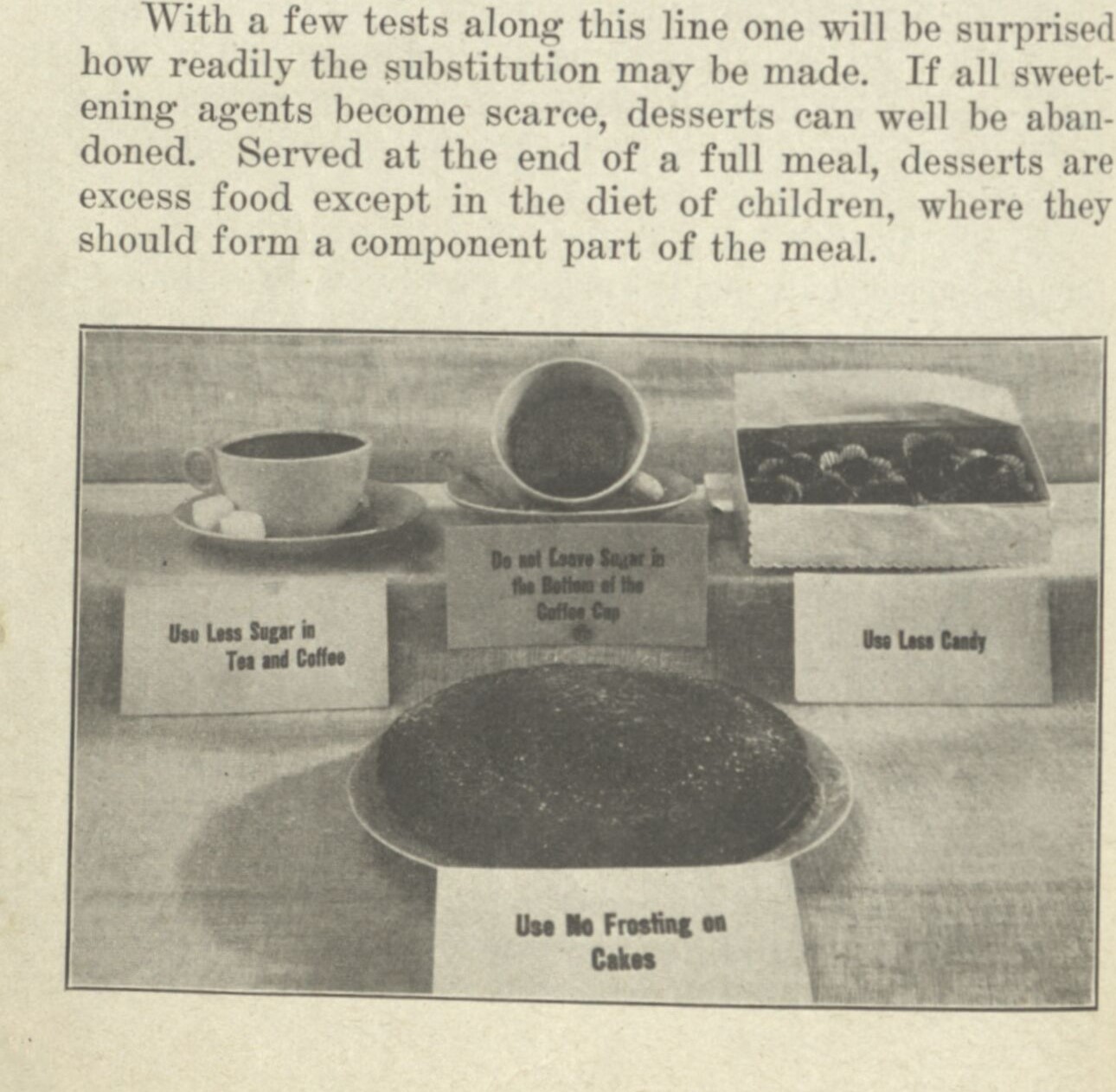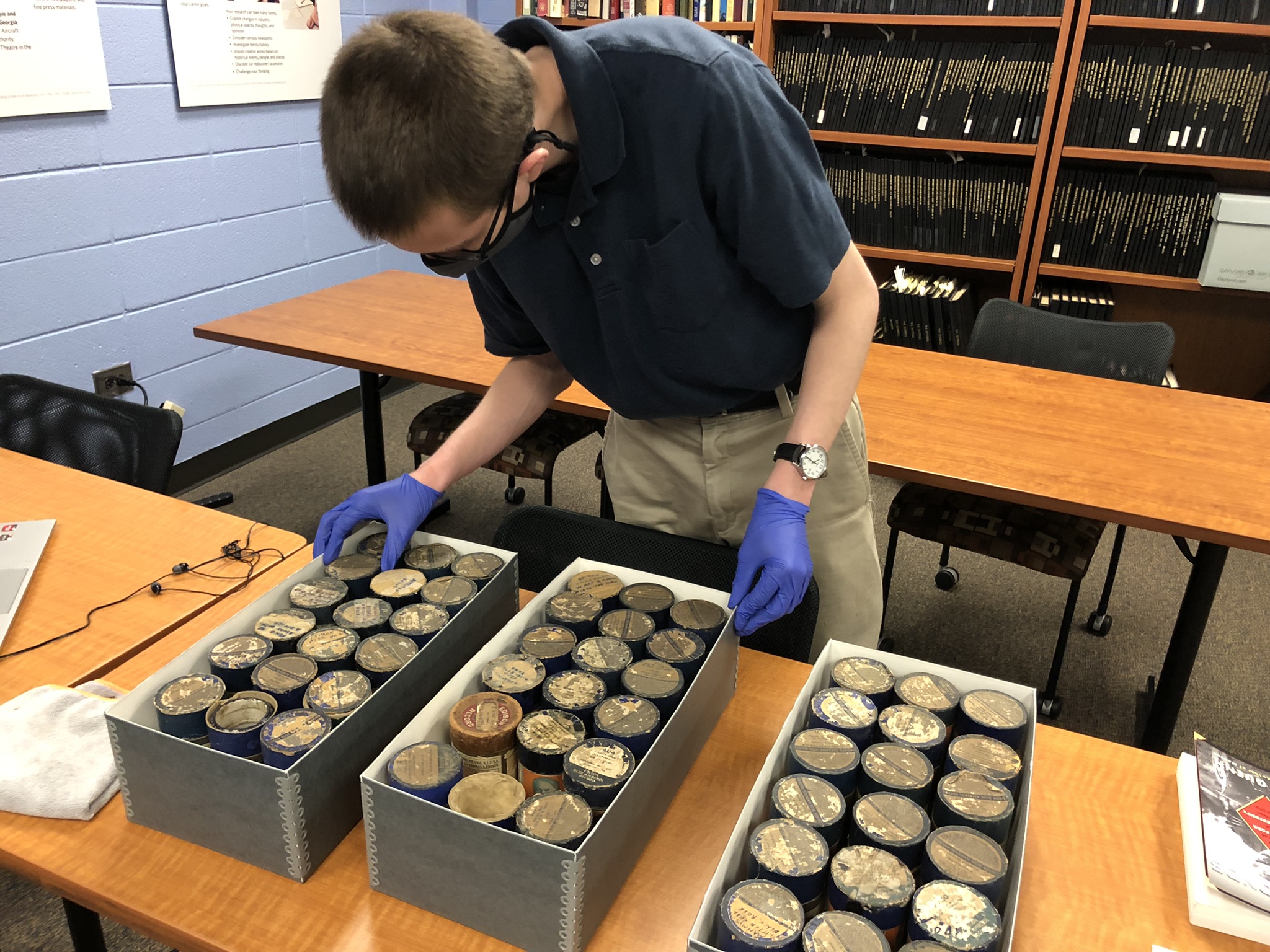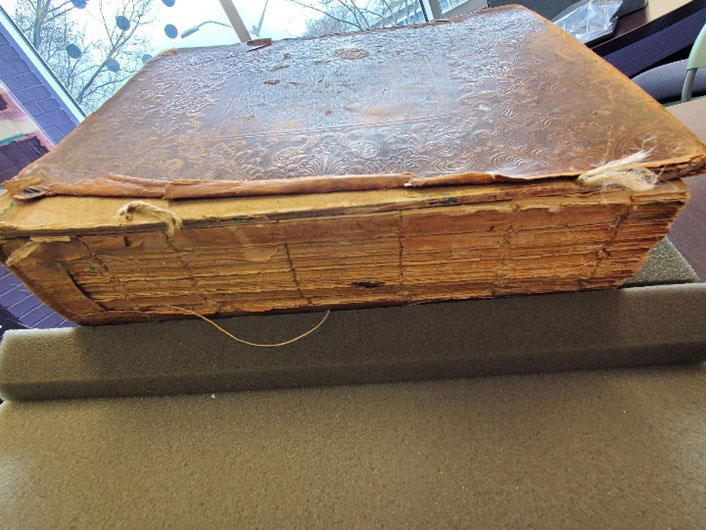
The Stacks Magnified: A View into "Atlantic Monthly" Magazine
KENNESAW, Ga. | Jun 17, 2021
Bentley Museum volunteer Andrew Bramlett explores mid-nineteenth-century American interest in Japanese culture reflected in an 1860 issue of the "Atlantic Monthly" magazine.

The Atlantic Monthly began publication three years after the Treaty of Kanagawa was signed. Headquartered in Boston, which was becoming the center of American literature, the magazine was published by Ticknor and Fields. The Atlantic Monthly began to differentiate itself from other magazines by representing the opinions of New England, as opposed to its New York rivals.
In the three years following the founding of the Atlantic Monthly, the circulation had grown significantly. The works of many noted authors and poets, such as Oliver Wendell Holmes Sr. and Henry Wadsworth Longfellow, began to appear in the magazine. Readers could read reviews of works of fiction and non-fiction, and the Atlantic Monthly included essays on the world and its developments.
The Bentley Rare Book Museum has a collection of bound Atlantic Monthly compilations. This includes volume V that covers January to June of 1860. The June 1860 edition of the Atlantic Monthly included
an article simply titled “Japan” which told of the nation’s history. At the start of the article, the magazine noted the similarities of Japanese and Chinese culture. Very few mentions, however, are made of the arts and culture of Japan.
The Atlantic Monthly began the story of the nation with “the origin of the Japanese.” The date of the island’s settlement was unknown at the time. Some scholars believed the Japanese came from “the land of Shinar”, others believed the Japanese were of “the Mongol family”, and the Atlantic Monthly also noted the Chinese believed the Japanese were an offshoot of their own nation and culture.
According to legends retold in the article, around 660 B.C. a Chinese warrior “whose name signified ‘the divine conqueror’” assumed control of Japan. The article goes on to recount the history of several noble titles of Japan, including “Mikado” and “Ziogoon”. The title that was then referred to by the western world as “the Mikado” is now referred to as the Emperor. The title of “Ziogoon” is in fact a Daimyo, a type of medieval feudal lord. A later footnote of the article mentions the role of “Ziogoon” had been replaced by that of “Tycoon”, which is a corruption of “taikun”, meaning “Great Lord.”
The Atlantic Monthly continued by noting the first reports in the western world of Japan came from Marco Polo. After Marco Polo, the article describes the early voyages of exploration to Japan. The article also recounts how trade relations were opened with European nations. Eventually this changed and the ports were closed to all western powers, except for the Dutch, in 1639. The Atlantic Monthly noted the many failed expeditions to reopen trade by the British and Russians, and previous attempts by American merchants. The magazine took great pride in the fact that it was eventually the United States who had reopened the ports, as opposed to more established world powers.
Due to the relative “newness” of Japanese contact, very little was said about Japanese culture or customs. The article ended optimistically, by saying:
In a future number we shall speak of the present condition of Japan, the forms of government, so far as known, its social state and prospects, and the character of the people, as represented in the embassy which is now receiving the hospitality of our own government.

Ultimately, the Atlantic Monthly’s article marks an important point in the western world’s understanding of the Japanese. As Japan emerged as a world power, the culture and customs of the island nation would become more understood and appreciated than they had been in June of 1860.
Email rarebooks@kennesaw.edu to learn more about the Bentley Rare Book Museum's Atlantic Monthly collections.
Additional Sources:
Jackson, Anna. “Imagining Japan: The Victorian Perception and Acquisition of Japanese Culture.” Journal of Design History, vol. 5, no. 4, 1992, pp. 245–256., doi:10.1093/jdh/5.4.245.
Sedgwick, Ellery. The Atlantic Monthly, 1857-1909: Yankee Humanism at High Tide and Ebb. University of Massachusetts Press, 1994.
U.S. Department of State. “The United States and the Opening to Japan, 1853.” U.S. Department of State, U.S. Department of State, history.state.gov/milestones/1830-1860/opening-to-japan
















